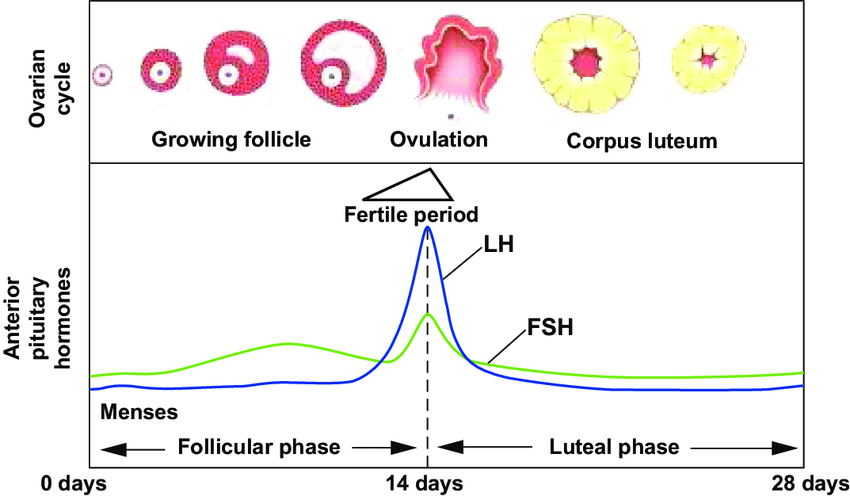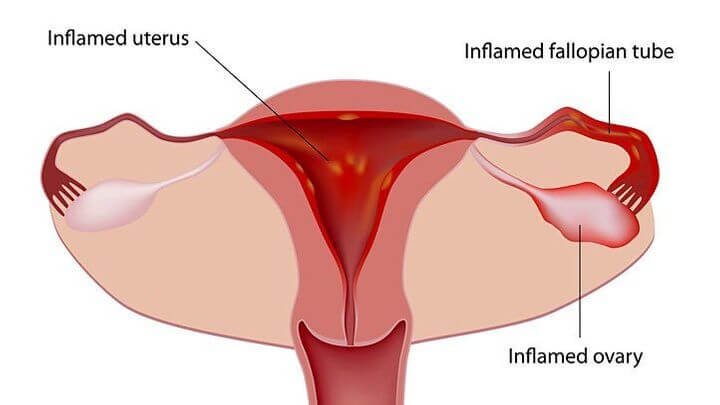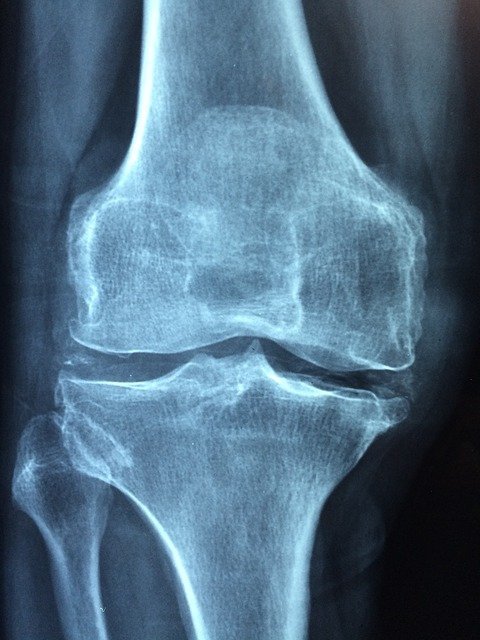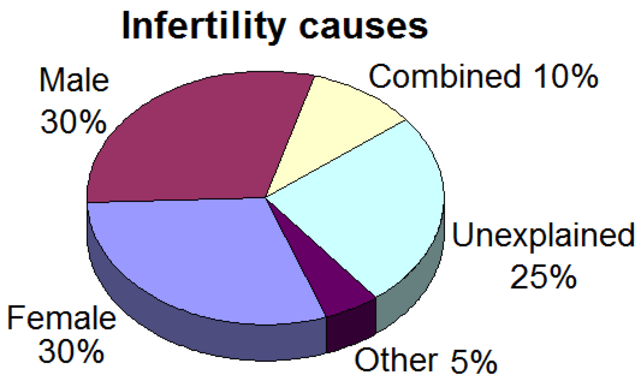- Cupping / Hijama Treatment Plan
- Body Part / Function Involved
- Symptoms and Effects
- Dietary Changes
- Changes in Lifestyle
- Alternative Remedies
Information on this site shall be considered as holistic, alternative and spiritual advice only. For medical advice and treatment a GP, medical professional and/or Certified Hijama Therapist should be consulted. In all circumstances where lifestyle changes, supplements, or other foods are suggested your GP should be consulted. Client Safety is the number one priority.
Cupping / Hijama Points Treatment Plan for Period Problems
Allow 2-4 weeks between sessions – longer if required. Hijama Points shown for each session should ONLY be used to guide the therapist. Body size, cup size, and any other conditions need to considered and appropriate care and attention taken. The number of sessions shown can be increased or reduced depending on the condition of the client.
Complete Treatment Plan
Click here for Session 1Click here for Session 2
Click here for Session 3
Click here for Session 4
Standard Wet Points – 1,55
Standard Dry Points – 125,126,137,138,139,140,141,142,143
Click here for Hijama Points on the back of the body
If the client has a complicated history and numerous concerns then it is a good idea to use our online consultation service – click here.
Which body part or function is involved in Period Problems?
The ovaries have two major reproductive functions in the body. They release oocytes (eggs) for fertilization and they secrete the reproductive hormones, estrogen, and progesterone. The performance of the ovaries is regulated by a gonadotropin-releasing hormone secreted from nerve cells in the hypothalamus which sends their information to the pituitary gland to release luteinizing hormone and follicle-stimulating hormone. These are run in the bloodstream to regulate the menstrual cycle.

The ovaries release an egg (oocyte) at the interval of each menstrual cycle. Normally, only a single oocyte from one ovary is secreted during each menstrual cycle, with each ovary taking a substitute turn in releasing an egg. A female baby is born with all the eggs that stay remain all over her reproductive age. During puberty to menopause, only about 400–500 eggs will become mature, then released from the ovary (in a process called ovulation) to be able of being fertilized in the fallopian tubes/uterine tube/oviduct of the female reproductive system. Regular periods are a healthy sign that your body is working in a normal way. It is necessary to get regular periods unless you are pregnant breastfeeding, postmenopausal, or have any ailment that causes irregular menstruation. Irregular, painful, or heavy periods may be symptoms of any severe health condition. Irregular periods also cause complications to conceive. The pain that you experience throughout your menstrual period is called dysmenorrhea. Pain is the most common problem women suffer with during their periods. More than half of women who have periods get some pain during their menstruation. Some women reported having a feeling of massiveness in the waist or tugging in the pelvic region.
What are the symptoms and effects of Period Problems on the body?
Period problems or menstrual problems are very common among women due to various reasons including some underlying health condition, hormonal imbalance or nutritional deficiency. Some women deal with terrible cramps, unlike premenstrual syndrome (PMS) pain. Dysmenorrhea is period pain that women experience during their construction cycle.
Is of two types:
- Primary dysmenorrhea. The most common type of dysmenorrhea. The uterus contracts during your period to cause the uterine lining to excrete. Teens may get dysmenorrhea instantly after their first period.
- Secondary dysmenorrhea. The type of dysmenorrhea is usually caused by another health problem. Contrary to the primary, secondary dysmenorrhea usually gets horrible as you get older. Problems that are associated with secondary dysmenorrhea include:
- Endometriosis.
- Uterine fibroids.
- Ovarian Cyst.
Causes and Symptoms:
The normal period of menstruation that most women experience stays for four to seven days. A woman’s period usually starts every 28 days, whereas normal menstrual cycles can vary from 21 days to 35 days. There are numerous causes of abnormal periods including:
- Stress and lifestyle factors. Change of significant amount of weight, whether gain or lose, dieting, alterations in exercise routines, travel, ailment, or other disturbances in a woman’s daily routine can affect the menstrual cycle.
- Birth control pills. birth control pills contain a mix of hormones estrogen and progestin. The pills prohibit pregnancy by preventing the ovaries from ejecting eggs. Women on birth control pills containing progestin only may have bleeding between periods.
- Uterine polyps or fibroids. Uterine polyps are small harmless forms in the wall of the uterus. If the fibroids are large, they cause pressure on the bladder or rectum, causing discomfort.
- Endometriosis. The endometrial tissue that covers the uterus breaks down every month and is expelled with the menstrual discharge. Endometriosis may result in abnormal bleeding, cramps or pain before and during menstruation, and painful sex.
- Pelvic inflammatory disease. Pelvic inflammatory disease (PID) is a bacterial infection that influences the female reproductive system. . Symptoms contain a heavy vaginal discharge with a nasty odor, abnormal periods, pain in the pelvic and lower abdominal region, fever, nausea, vomiting, or diarrhea.

Symptoms: Some of the major problems associated with menstruation that women go through are, Periods cycle that stays less than 21 days or more than 35 days indifferent, Losing three or more periods in a continuously, Menstrual bleeding that is much heavier or lighter than normal, Menstruation bleeding that last longer than seven days, Periods with severe symptoms of pain, cramping, nausea or vomiting, Bleeding or spotting occurs between periods, after menopause or after having sex.
What changes in diet can help improve symptoms of Period Problems?
Exercise and a healthy diet are just a couple of natural ways that can prevent you from any of the mentioned problems:
- Reduce salt
- Eat plenty of fruits and vegetables
- Drink more water
- Increase calcium intake
- Low fat consumption
- Complex carbs
- Limit alcohol
- Eat iron-rich food
- Whole grain
Changes in lifestyle which can help Period Problems
Lifestyle changes depend on the cause. Workout, food plan, weight, and stress are the factors that can help. It may take the amount of time for a period to back to normal after changes are made. Leveling your hormones activity, tolerance, faith, and continuation. According to the research vitamin D helps in calcium assimilation in the gut which is necessary for healthy bones.
Possible alternative remedies for Period Problems
If you are going through a periods problem or irregular periods, luckily we have found some remedies that you can easily try at home. The following are some home remedies that are found effective in improving irregular periods.
- Drink apple cider vinegar
- Pineapple
- Use of turmeric
- Increase intake of vitamin D
- Ginger and cinnamon
- Papaya
- Pineapple




